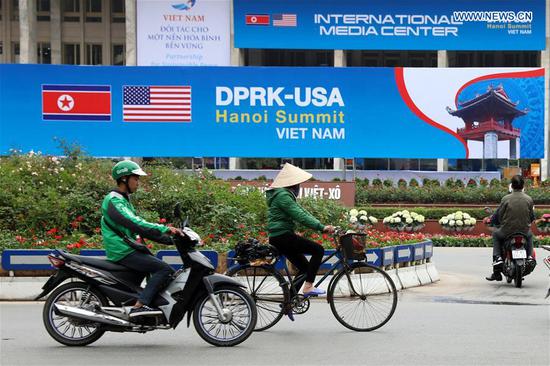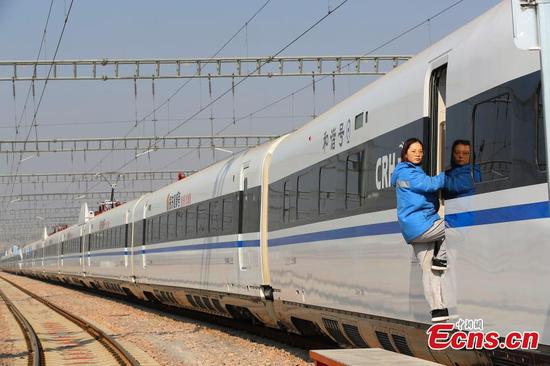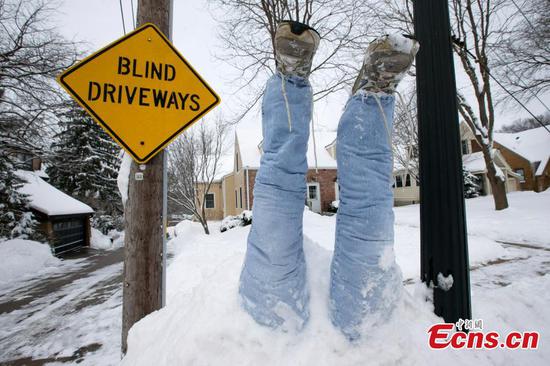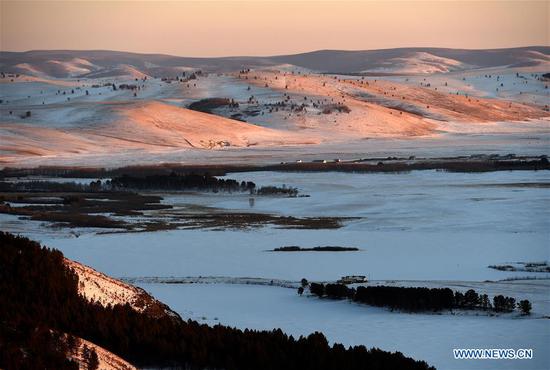As the American Dream grows ever more elusive for Central American migrants fleeing poverty, many of them are settling for the Mexican dream.
Thousands of migrants from Honduras, Guatemala and El Salvador entered Mexico late last year and earlier this year in a bid to reach the U.S. border. Those who made it were met by stepped up security and stricter U.S. immigration policy designed to discourage northward migration.
In contrast, Mexico's new government promised humanitarian treatment and an opportunity to work for those willing and able to fulfill the requisite paperwork.
According to Mexico's National Immigration Institute (INM), the latest wave of migrants to cross into Mexico in mid-January, most as part of a caravan that set out from northern Honduras, saw some 16,400 Central Americans apply to legalize their status in the country.
A month later, the INM had issued 14,900 visitor cards on humanitarian grounds, which permit the holder to work in Mexico for a year, with the option to renew his immigration status when the card expires.
Juan, 38, is a Honduran citizen who applied for his visitor card upon arriving in Ciudad Hidalgo, a border crossing bridge between Guatemala and Mexico.
"I am waiting for a job right now, whatever it turns out to be. If it's throwing out the trash, then I'll throw out the trash," said Juan, a workman in his hometown.
Juan made the 1,100-km journey from Honduras on foot with the goal of working in the United States, because the 8 U.S. dollars a day he made back home was not enough to support his wife and five children.
But once the INM granted him legal status, he decided to stay in light of the U.S. crackdown on undocumented migrants.
"They have told us there is work in construction, and also at a plastics factory," Juan told Xinhua outside a migrant shelter in Mexico's capital.
A survey by the United Nations High Commissioner for Refugees (UNHCR), carried out in late January at the Ciudad Hidalgo border crossing, found 46 percent of Central American preferred to settle in Mexico.
They also expressed a preference for settling in Mexico City or the northern states of Baja California and Nuevo Leon, both of which border on the U.S., according to the report.
The UNHCR's protection officer in Mexico, Josep Herreros, has noted the spike in Central American migrants looking to Mexico as a potential refuge.
"In January 2019, twice as many people (from Central America) applied for asylum than in all of 2014," said Herreros.
While most observers cite U.S. President Donald Trump's anti-immigrant measures, the trend has not been well documented, he noted.
Trump's ultimate goal is to build a wall along his country's border with Mexico to keep out undocumented migrants, and he declared a national emergency on Feb. 15 to release the 5 billion U.S. dollars he needs to fund the project. The move is being contested by Congress.
Mexico's response to the phenomenon of rising migration from Central America has been exemplary, said the UN official.
However, for migrants to gain real protections rather than just job opportunities, they should apply for asylum, and to do that, Mexico should simplify the process, said Herreros.
"A refugee is a productive, hard-working person who wants to have stability in his life, to not have economic worries and to be self-sufficient," he said.
The Mexico City shelter also houses Honduran migrant Jose, 27, who left his wife and two daughters aged 7 and 3 behind to find work. If he doesn't find it in Mexico, he's likely to return rather than attempt crossing into the United States, he said.
"You don't need to earn millions, but a peso at a time," said Jose, whose wages from picking coffee in Honduras barely paid the electric bill.
"You have no choice but to emigrate," he said.
A job bank at the shelter announces vacancies with some paying about 5,000 pesos (261 U.S. dollars) a month, and he's hopeful of landing work.
"Several of the guys are already working. Some have been working a week, in welding, construction, and all of that," he added.
(The author is Luis Brito)


















































